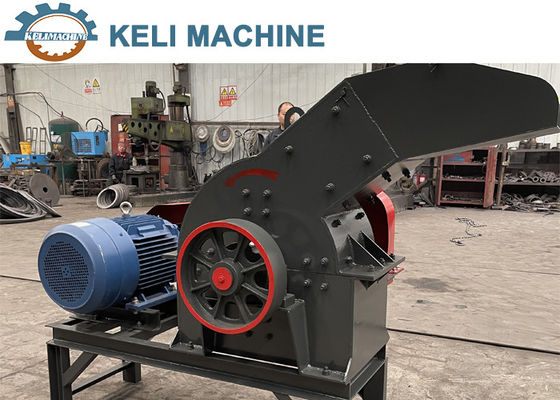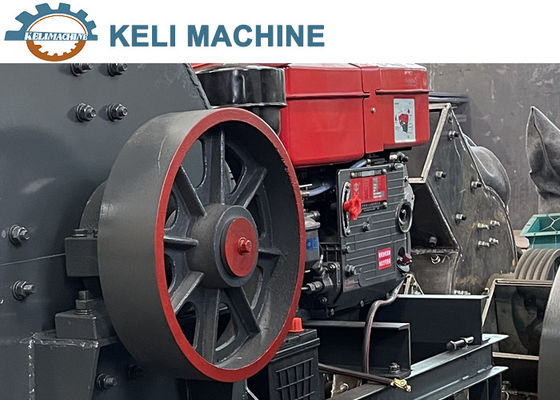Product Description:
The hammer crusher is composed of various components, such as an upper casing, a lower casing, a transmission member, a sieve plate and more.
The main working element is the rotor with the hammer. It includes a main shaft, a disc, a pin and the hammer. Once the motor is switched on, it drives the rotor to rotate at a high-speed and the material is fed into the machine from the upper slot.
Due to the impact, shearing and grinding actions of the high-speed moving hammer, the material is gradually crushed. In the lower part of the rotor, there is no sieve plate. Therefore, the pulverized material smaller than the mesh size is discharged through the sieve plate and the coarse-grained grade bigger than the mesh size is retained on the sieve plate and continues to be hit and ground by the hammer and finally discharged through the sieve plate outside the machine.
Applications:
This particular machine is most suited for the medium crushing, coarse crushing and for breaking down various rocks and ores such as coal, limestone, and slag. It is widely used in many different industries, such electric, construction, chemical, metallurgy, and geological.
In addition, it provides many benefits for industrial units around the world. For instance, it can save labor costs and increase production efficiency. It has a strong structure and robustness, which ensures a reliable operation and long service life. Moreover, it adopts advanced crushing technology and manufacturing methods, making it suitable for various medium-hard ores and rocks.
Product Parameters:
| Model |
PC400x300 |
| Machine weight(kg) |
800 |
| Discharge particle size (mm) |
25 |
| Feed particle size (mm) |
200 |
| Productivity(t/h) |
5-10 |
| Number of motor poles |
4 |
| Dimensions(mm) |
900*670*860 |
| Power(kw) |
11 |
Product Show:


 Your message must be between 20-3,000 characters!
Your message must be between 20-3,000 characters! Please check your E-mail!
Please check your E-mail!  Your message must be between 20-3,000 characters!
Your message must be between 20-3,000 characters! Please check your E-mail!
Please check your E-mail! 













